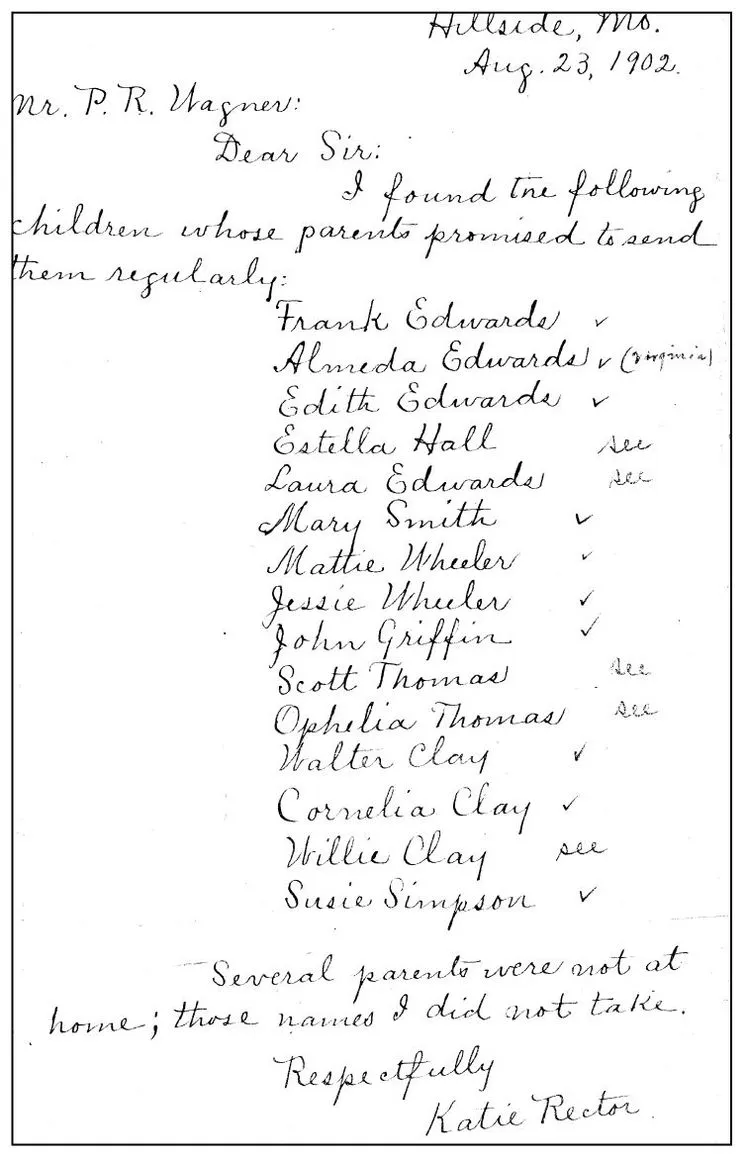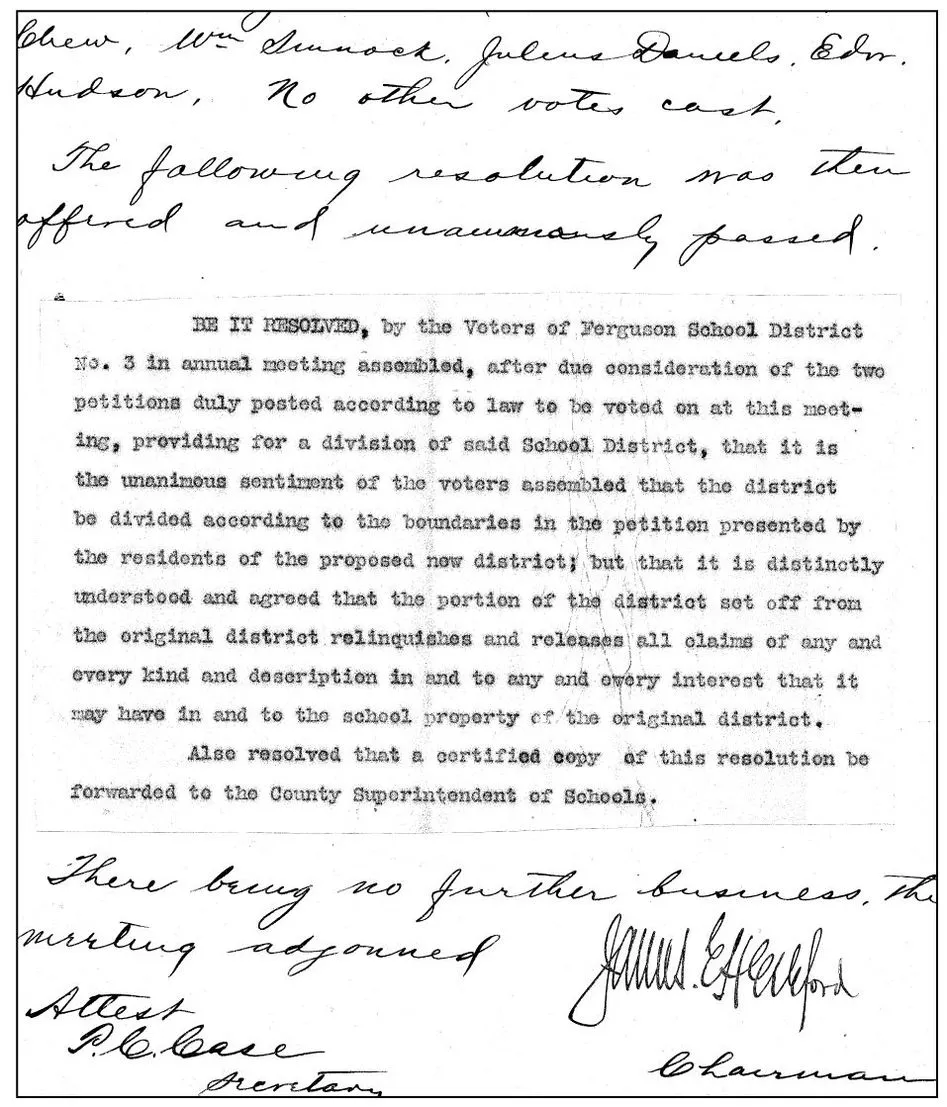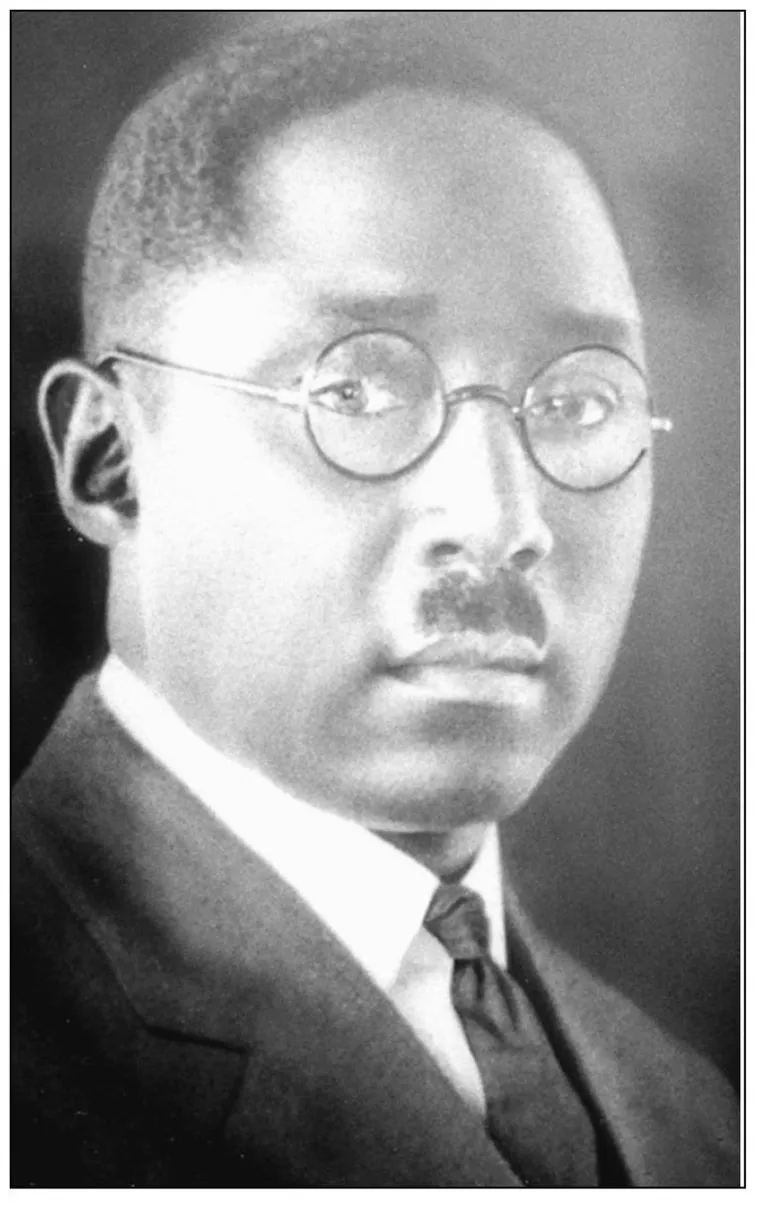
eBook - ePub
Kinloch
Missouri's First Black City
John A. Wright Sr.
This is a test
Partager le livre
- 128 pages
- English
- ePUB (adapté aux mobiles)
- Disponible sur iOS et Android
eBook - ePub
Kinloch
Missouri's First Black City
John A. Wright Sr.
Détails du livre
Aperçu du livre
Table des matières
Citations
À propos de ce livre
Located just outside of St. Louis, Kinloch was once a community locked off from the rest of the area by natural and man-made barriers. In spite of a lack of financial resources, it once provided its residents with a school district, city hall, post office, business district, and recreational facilities. Residents will recognize Dunbar Elementary, the oldest school for blacks in St. Louis County, Holy Angels, the oldest continuing black parish in the St. Louis Archdiocese, as well as former residents Congresswoman Maxine Waters and political activist Dick Gregory. Eventually, due to insufficient revenue, this once thriving community fell into decline, and is now struggling to keep its small town values and ideals alive.
Foire aux questions
Comment puis-je résilier mon abonnement ?
Il vous suffit de vous rendre dans la section compte dans paramètres et de cliquer sur « Résilier l’abonnement ». C’est aussi simple que cela ! Une fois que vous aurez résilié votre abonnement, il restera actif pour le reste de la période pour laquelle vous avez payé. Découvrez-en plus ici.
Puis-je / comment puis-je télécharger des livres ?
Pour le moment, tous nos livres en format ePub adaptés aux mobiles peuvent être téléchargés via l’application. La plupart de nos PDF sont également disponibles en téléchargement et les autres seront téléchargeables très prochainement. Découvrez-en plus ici.
Quelle est la différence entre les formules tarifaires ?
Les deux abonnements vous donnent un accès complet à la bibliothèque et à toutes les fonctionnalités de Perlego. Les seules différences sont les tarifs ainsi que la période d’abonnement : avec l’abonnement annuel, vous économiserez environ 30 % par rapport à 12 mois d’abonnement mensuel.
Qu’est-ce que Perlego ?
Nous sommes un service d’abonnement à des ouvrages universitaires en ligne, où vous pouvez accéder à toute une bibliothèque pour un prix inférieur à celui d’un seul livre par mois. Avec plus d’un million de livres sur plus de 1 000 sujets, nous avons ce qu’il vous faut ! Découvrez-en plus ici.
Prenez-vous en charge la synthèse vocale ?
Recherchez le symbole Écouter sur votre prochain livre pour voir si vous pouvez l’écouter. L’outil Écouter lit le texte à haute voix pour vous, en surlignant le passage qui est en cours de lecture. Vous pouvez le mettre sur pause, l’accélérer ou le ralentir. Découvrez-en plus ici.
Est-ce que Kinloch est un PDF/ePUB en ligne ?
Oui, vous pouvez accéder à Kinloch par John A. Wright Sr. en format PDF et/ou ePUB ainsi qu’à d’autres livres populaires dans History et North American History. Nous disposons de plus d’un million d’ouvrages à découvrir dans notre catalogue.
Informations
Sujet
HistorySous-sujet
North American HistoryTwo
EDUCATION IN SPITE OF THE ODDS

This one-room frame structure, known as Vernon School, was constructed in 1885 to serve the black students of the area. It was located on the east side of Florissant Road, approximately 100 yards south of Maline Creek. The school was closed after a few months when attendance dropped below the legally required number of ten students. (Photo Courtesy of Ferguson-Florissant School District.)

Mrs. Katie Rector received this letter when the school’s enrollment dropped below eight students. The correspondence was sent to request that she turn over keys to the building and her record book. Each time the school closed, the students would need to travel to the neighboring communities of Normandy, Carsonville, or as far away as Bridgeton. The location changed frequently, because these schools would also have low enrollment due to the sparse black population in the area. (Letter Courtesy of Ferguson-Florissant School District.)

To insure a teaching position for the upcoming school year, Mrs. Katie Rector, writer of this letter, tries to assure the district clerk that there will be enough students for school to open. (Letter Courtesy of Ferguson-Florissant School District.)

This copy of the Ferguson School Board’s official minutes, shown here, is from the board’s 1902 annual spring meeting. At that meeting, white residents of the Kinloch area voted to split from the district and establish their own. Because of the inconclusiveness of the vote, a Board of Arbitration was appointed by the county superintendent of schools, which ruled the division a necessity. (Minutes Courtesy of Ferguson-Florissant School District.)

After formation of the new Kinloch District, the Nuroad School, (later named Hancock), shown here, was constructed for white students. Black students continued to attend Vernon School on Florissant Road in the Ferguson District until Nuroad School was completed. The students were then transferred to the former two-room school for white students on Scudder and Brown Road. (Photo Courtesy of the 1983 Kinloch History Committee.)

Shown here is the Kinloch School District’s second new school, Dunbar Elementary, named in honor of the famous black poet Paul Lawrence Dunbar. The school was constructed in 1913, and dedicated the following year by Frank L. Williams, a former principal of Sumner High School in St. Louis. When the building opened in September 1914, children paraded from their Scudder Avenue School to the new facility to celebrate the event. (Photo Courtesy of the 1983 Kinloch History Committee.)

Rev. Walter Johnson, shown here, was elected to the three-member Kinloch School Board in 1924. Johnson soon became an outspoken critic of the treatment of black students and the district’s refusal to build a high school for black students. (Photo Courtesy of First Baptist Church.)

This photograph depicts Vernon School, located at 5764 Carson Road (now Mable Avenue). The building opened in 1927 to serve the black students who lived on two blocks in Kinloch and other black students who resided in the Ferguson School District. After the original two-room school was constructed, the 43-year-old one-room school on Florissant Road was closed. Eventually the new facility became overcrowded and a two-room addition was built during the 1952–53 school year.
Although the U.S. Supreme Court outlawed racial segregation in public schools in 1954, Vernon Elementary School remained all-black until it closed in 1967. During the intervening years, Ferguson-Florissant School officials attempted to persuade Kinloch to assume operation of the school and the education of its students, but the Kinloch School Board declined. When the school closed, the black stud...